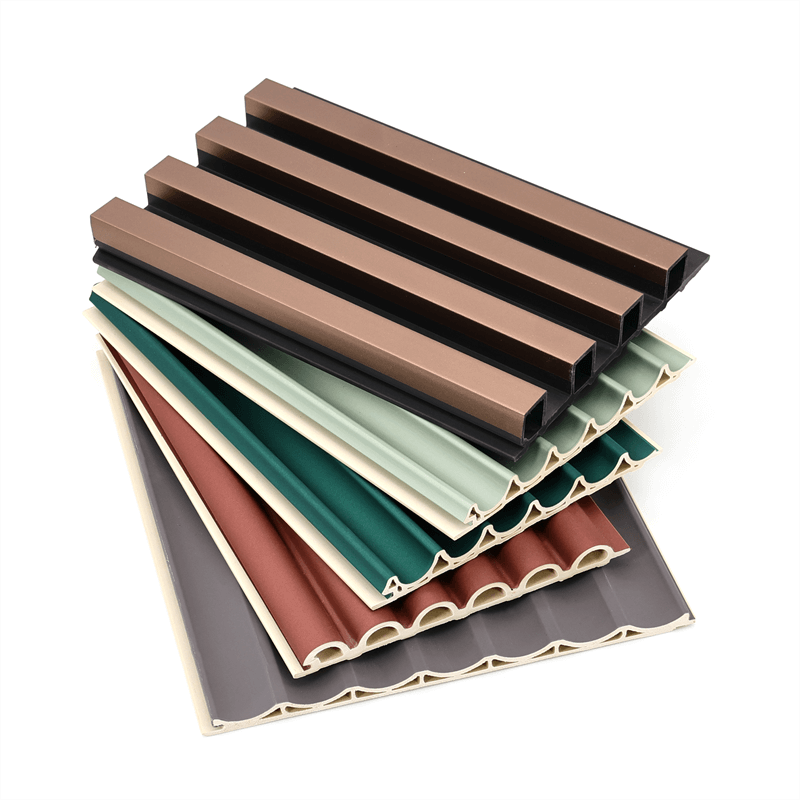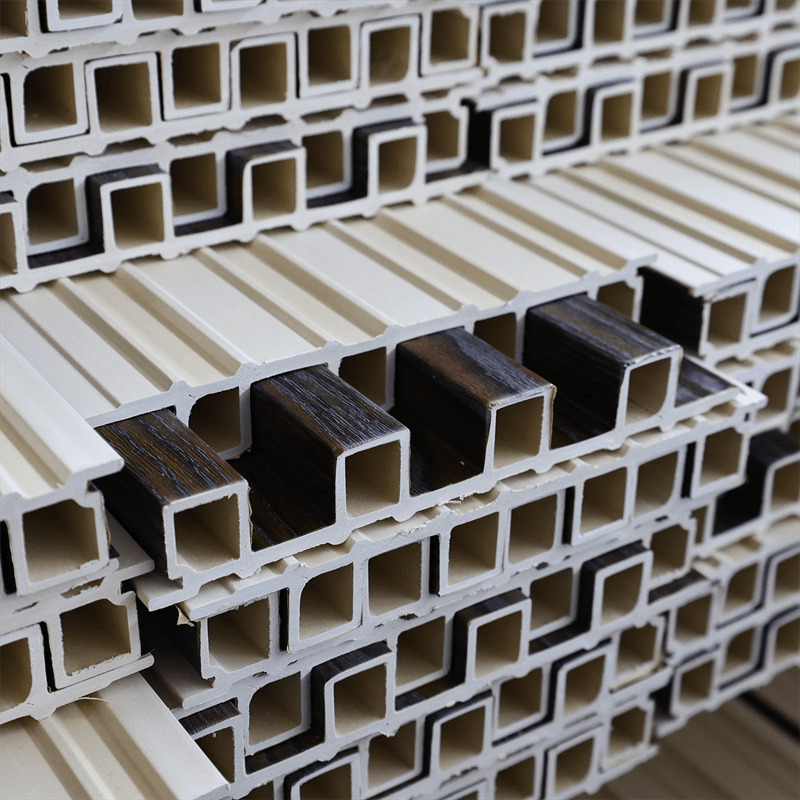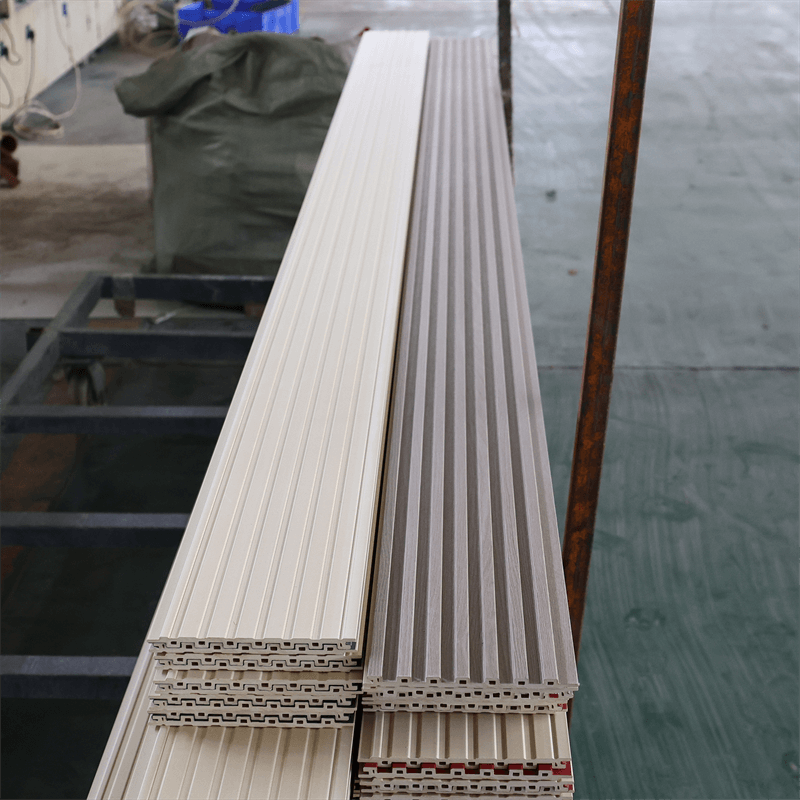
In the realm of interior and exterior design, selecting the right building materials is crucial to achieving both aesthetics and functionality.
Wood Plastic Composite (WPC) wall panels have gained significant popularity as an innovative alternative to traditional materials.
These panels offer the perfect blend of natural beauty and enhanced durability, making them a popular choice for modern living spaces.
One of the key features that set WPC wall panels apart from traditional materials is their exceptional waterproofing capabilities.
In this article, we compare WPC wall panels with traditional materials, exploring how waterproofing differentiates them and makes WPC panels a compelling choice for both residential and commercial projects.
The Waterproof Advantage of WPC Wall Panels
Resisting Moisture and Water Damage
The primary distinction that sets WPC wall panels apart from traditional materials is their water-resistant properties.
Unlike wood, which is prone to rot, decay, and warping when exposed to moisture, WPC panels repel water and prevent water-related issues.
The integration of hydrophobic additives and advanced waterproofing technologies in WPC panels creates a protective
barrier that keeps them intact, even in environments with high humidity or frequent water exposure.
Low-Maintenance Living
The waterproof nature of WPC wall panels translates into low-maintenance living for homeowners.
Traditional wood and other non-waterproof materials often require regular treatments, coatings, and maintenance to protect them from water damage.
In contrast, WPC panels require minimal maintenance, with routine cleaning using mild soap and water being sufficient to keep them looking pristine.
This reduced maintenance not only saves time and effort but also contributes to sustainable building practices by minimizing the use of additional resources.

Traditional Materials and Their Vulnerability to Water
The Challenge of Wood: Prone to Rot and Decay
Traditional wood has been a popular choice for wall coverings and facades due to its natural beauty and charm.
However, wood’s vulnerability to moisture presents a significant challenge, especially in wet areas such as bathrooms, kitchens, and outdoor decks.
Without proper sealing and maintenance, wood is susceptible to rot, decay, and pest infestations, compromising its structural integrity and visual appeal over time.
Concrete and Masonry: Pore Structure and Water Absorption
Concrete and masonry materials are often used for exterior walls and facades due to their durability and strength.
However, these materials can be porous and absorb water, leading to issues such as efflorescence and spalling.
In regions with freeze-thaw cycles, water absorbed by concrete and masonry can expand and contract, causing cracks and structural damage.
Design Versatility and Aesthetics
Emulating Natural Wood: WPC’s Aesthetic Appeal
WPC wall panels successfully emulate the natural beauty of wood with their authentic wood grain textures and rich colors.
The panels offer a wide range of design possibilities, allowing homeowners and designers to achieve various interior and exterior themes.
Whether seeking a contemporary, rustic, or traditional look, WPC panels provide an array of options, making them suitable for diverse architectural styles.
Traditional Elegance of Stone and Brick
Traditional materials like stone and brick have long been admired for their timeless elegance and durability.
Stone cladding and brick walls exude a sense of authenticity and character that complements both modern and classic architectural designs.
While these materials possess unique aesthetic qualities, their vulnerability to water requires careful maintenance and waterproofing measures to preserve their appearance and structural integrity.

Eco-Friendliness and Sustainability
WPC Wall Panels: Sustainable and Eco-Friendly
The use of recycled wood fibers and repurposed plastic waste in the manufacturing of WPC wall panels contributes to their eco-friendliness.
By reusing materials that would otherwise end up in landfills, WPC panels reduce the demand for new resources and promote sustainable building practices.
Some WPC manufacturers also source their materials from responsibly managed forests, further enhancing their eco-credentials.
The Environmental Impact of Traditional Materials
Traditional materials like wood and concrete can have varying degrees of environmental impact.
While sustainably sourced wood can be an eco-friendly choice, the harvesting and processing of wood can still contribute to deforestation and habitat destruction.
Concrete production is energy-intensive and generates a significant amount of carbon dioxide emissions.
Reducing the use of traditional materials in favor of WPC wall panels can help lessen the environmental footprint of construction projects.
In the choice between WPC wall panels and traditional materials, waterproofing sets them apart as a compelling option for modern living spaces.
WPC panels offer water-resistant properties that protect against rot, decay, and water damage, making them durable and low-maintenance.
Traditional materials like wood, concrete, and masonry, while visually appealing, can be vulnerable to water-related issues and require extensive maintenance.
Moreover, WPC wall panels provide design versatility, emulating the aesthetics of natural wood while offering a sustainable and eco-friendly solution through the use of recycled materials.
As the construction industry moves towards more sustainable and resilient building practices,
WPC wall panels continue to emerge as a preferred choice that blends aesthetics, functionality, and environmental consciousness in harmony.
